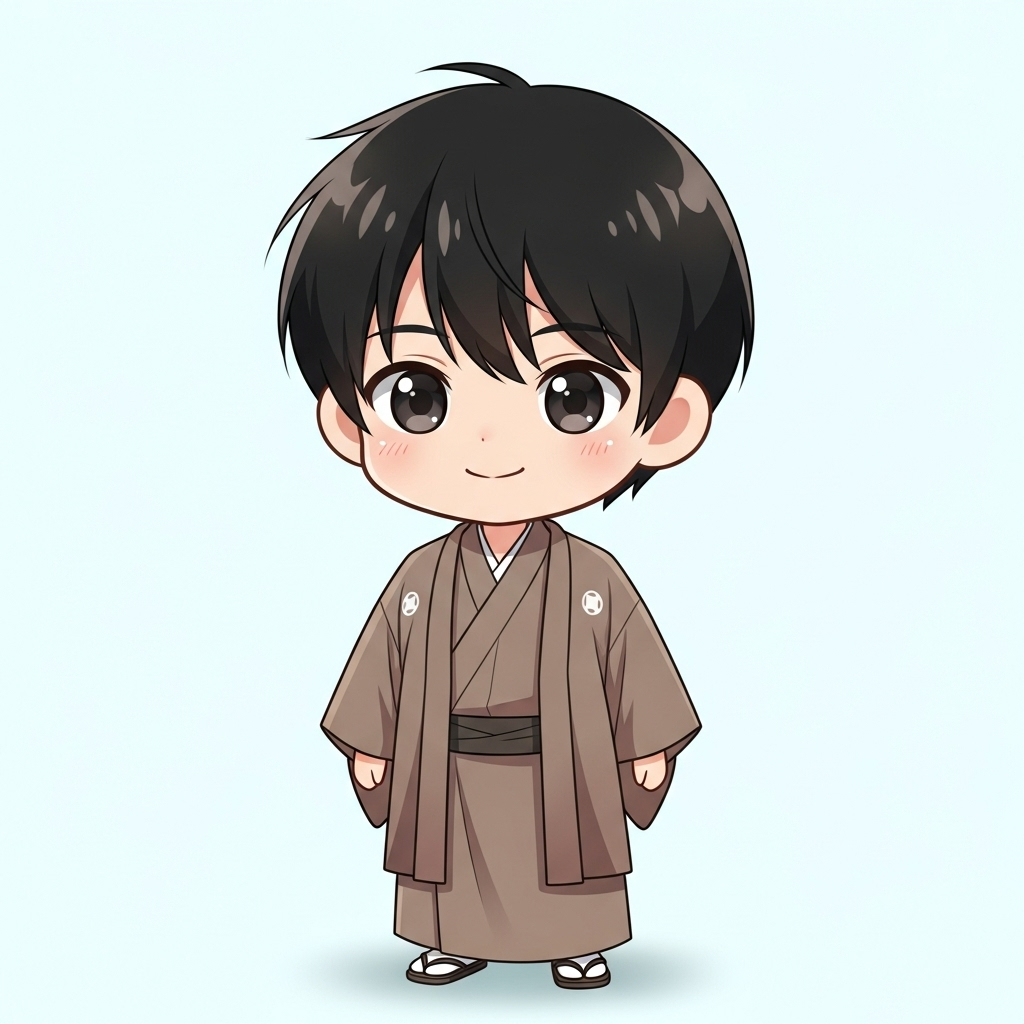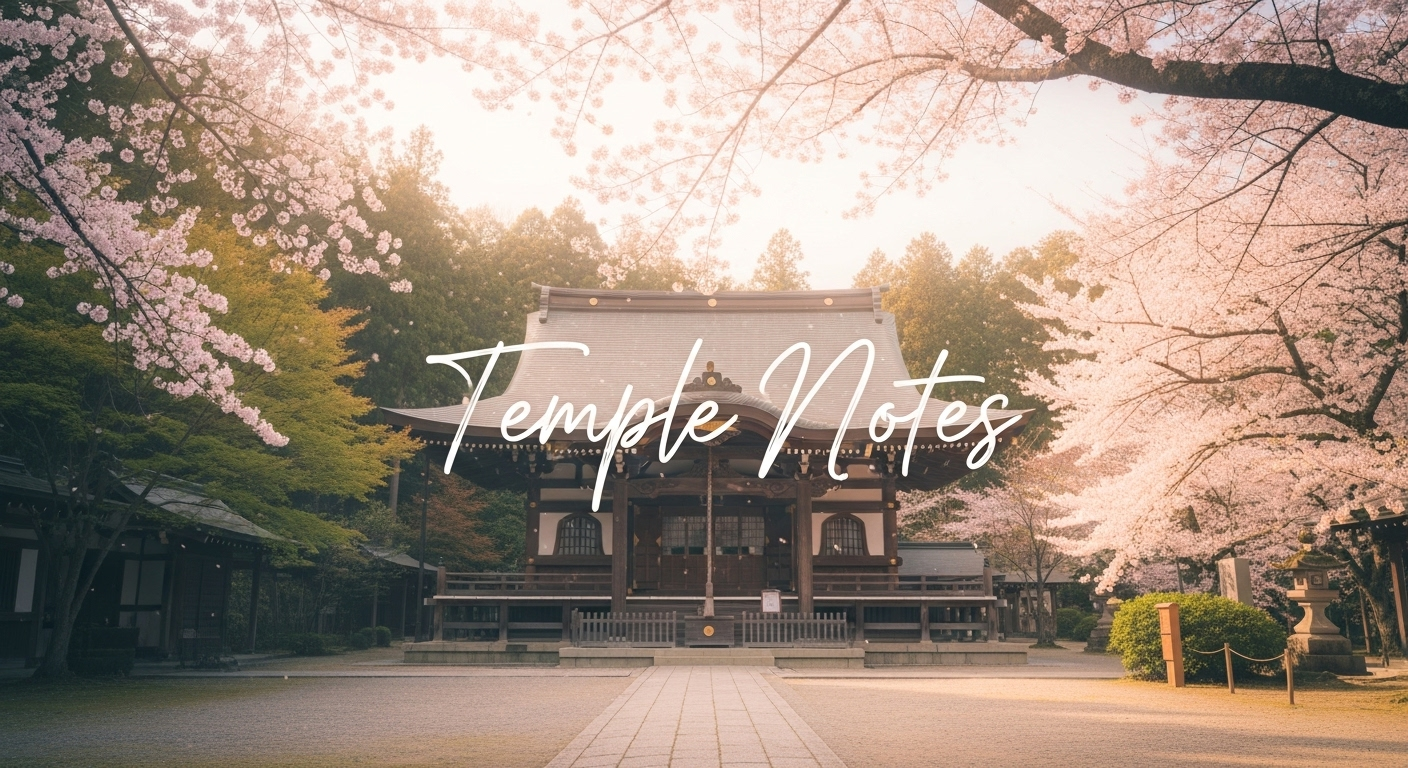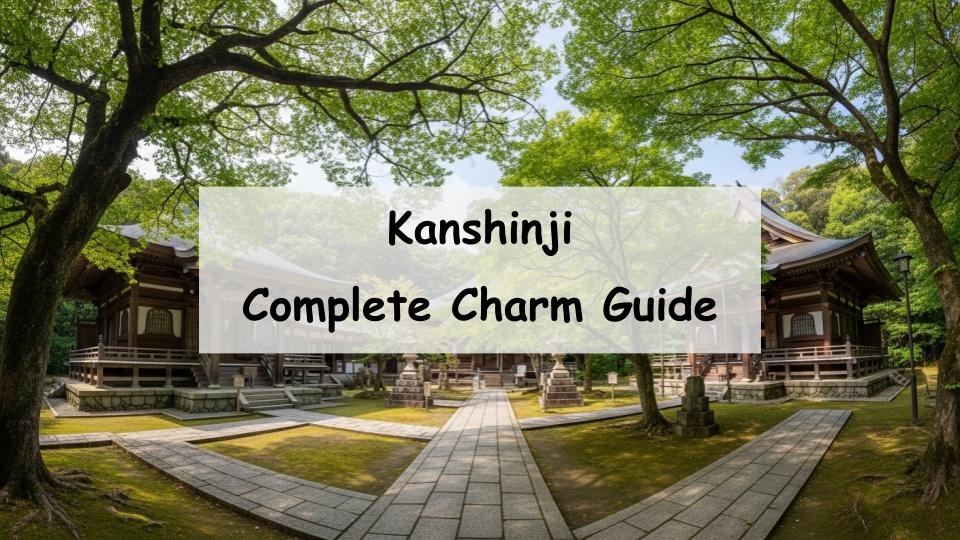Surrounded by the beauty of nature in every season, Kanshin-ji Temple in Kawachinagano, Osaka, is a place where history and spirituality harmoniously coexist.
If you’ve ever wondered, “What kind of temple is Kanshin-ji?” or “What are its highlights and how do I get there?” — this article is for you.
In short, Kanshin-ji is a temple deeply connected to Kobo Daishi (Kukai), the founder of Shingon Buddhism. It houses several National Treasures and Important Cultural Properties, and it’s renowned as a sacred site of healing and beauty. With cherry blossoms in spring, autumn leaves in fall, and a calm, spiritual atmosphere year-round, Kanshin-ji is truly one of Japan’s hidden gems.
In this article, you’ll learn about the temple’s history, architecture, main attractions, access routes, and nearby sightseeing spots. By the end, you’ll have everything you need to plan a meaningful and enjoyable visit.
What Is Kanshin-ji Temple? History and Basic Information
Overview and Location
Kanshin-ji Temple is located in the serene mountains of southern Osaka. It’s a historic temple deeply rooted in local culture and community. The temple grounds are harmoniously integrated with the surrounding landscape, featuring pathways, halls, and gardens that together create a tranquil atmosphere. Visitors often remark on the peaceful stillness that sets in as they approach the main gate.
The Temple’s Connection to Kobo Daishi (Kukai)
Kanshin-ji is known as a temple associated with Kobo Daishi, also known as Kukai, the founder of the Shingon sect of Buddhism. Over the centuries, it has served as a center for religious training and devotion. Many of its traditions, rituals, and treasures have been preserved through generations, offering a glimpse into the spiritual life of Japan’s Heian period.
Why It’s Designated as a National Treasure
The temple houses several cultural assets designated as National Treasures and Important Cultural Properties. These include statues, architectural structures, and ritual implements that embody the high level of artistry and craftsmanship of ancient Japan. Kanshin-ji stands not only as a place of worship but also as a vital repository of Japanese cultural heritage.
The Charm and Features of Kanshin-ji
Architectural Highlights: Main Hall, Kondo, and Unfinished Pagoda
Kanshin-ji’s buildings represent different architectural styles across eras. The Main Hall and Kondo (Golden Hall) showcase the elegant simplicity typical of Shingon temple architecture. Among the unique features is the “Tatekake-to,” an unfinished pagoda that offers insight into historical temple construction techniques. The careful layout of the buildings allows visitors to appreciate both craftsmanship and scenic beauty.
Harmony with Nature: Seasonal Scenery
The temple is celebrated for its seasonal beauty. In spring, cherry blossoms line the paths; in summer, lush greenery fills the grounds; in autumn, the vivid red and gold of maple leaves create a spectacular scene. Each visit offers a different emotional experience, making Kanshin-ji a destination worth returning to throughout the year.
A Spiritual Power Spot for Blessings and Peace
Many visitors consider Kanshin-ji a “power spot,” where they can find calm, healing, and spiritual renewal. The atmosphere of the temple, together with its sacred artifacts and ancient trees, creates a space for quiet reflection. It’s a place where one can feel a connection between body, mind, and nature.
Must-See Spots at Kanshin-ji
The National Treasure: The Nyoirin Kannon Statue
Among the temple’s treasures, the Nyoirin Kannon statue stands out as a masterpiece of Buddhist sculpture. Carved with graceful proportions and a serene expression, it embodies the ideal of compassionate beauty. Standing before the statue, visitors often feel a sense of timeless spirituality and inner peace.
Famous for Cherry Blossoms and Autumn Leaves
Kanshin-ji is one of the best spots in Osaka to enjoy cherry blossoms and autumn foliage. During peak seasons, the temple grounds become a colorful canvas of nature, attracting both locals and travelers. To avoid crowds, early mornings or weekday visits are recommended for a more peaceful experience.
Experience Shakyo and Collect Goshuin
Visitors can participate in shakyo (sutra copying) and receive goshuin (temple seals). These experiences allow you to engage with the temple’s spiritual traditions in a hands-on way. Writing sutras brings mindfulness and focus, while collecting goshuin serves as a meaningful keepsake of your visit.
Unique Goshuin Designs and How to Receive Them
Goshuin designs vary by season and event. To receive one, first pay your respects at the main hall, then visit the reception area where the staff will inscribe your goshuin in your notebook. Bringing your own goshuincho (stamp book) makes the process smoother.
Access and Nearby Attractions
How to Get There: By Train, Bus, or Car
Kanshin-ji is accessible by public transportation and car. Visitors can take a train to Kawachinagano Station and transfer to a bus bound for the temple area. For those driving, nearby parking is available. Checking schedules and routes in advance helps ensure a smooth trip.
Parking and How to Avoid Crowds
Parking spaces are available near the temple, though they may fill quickly during peak seasons like spring and autumn. Arriving early in the day or visiting on weekdays helps avoid congestion. Always check parking hours and fees before your trip.
Recommended Attractions Around Kanshin-ji
The surrounding area offers a number of other historic temples and scenic spots worth visiting. Exploring nearby sites provides a broader understanding of the region’s history and spiritual culture. Cafes and local eateries around the area also make great stops for relaxation and local cuisine.
Nearby Temples: Enmei-ji and Amanosan Kongo-ji
If time allows, you can extend your visit to neighboring temples such as Enmei-ji and Amanosan Kongo-ji. Each temple has its own unique story, architectural style, and cultural treasures, offering a deeper look into the religious heritage of Kawachinagano.
Local Dining and Cafes
After exploring Kanshin-ji, enjoy a meal or tea at one of the nearby restaurants or cafes. Many establishments serve local specialties, offering a taste of Osaka’s regional charm. Checking opening hours and peak times in advance will help you plan your visit efficiently.
Best Seasons and Events
Best Times to Visit: Cherry Blossoms and Autumn Leaves
The best times to visit Kanshin-ji are during spring and autumn. Cherry blossoms typically bloom from late March to early April, while autumn colors peak from mid-November to early December. These periods offer breathtaking views that perfectly complement the temple’s serene atmosphere.
Annual Events, Ceremonies, and Light-Ups
Throughout the year, Kanshin-ji hosts religious ceremonies, seasonal festivals, and occasionally evening light-up events. These special occasions allow visitors to experience the temple in a different light, both literally and spiritually.
Best Times for Photography
Early morning or late afternoon are ideal for photography, when soft light enhances the textures of the temple buildings and surrounding nature. Visiting during these hours also allows for quieter moments and unobstructed shots of the scenery.
Tips for Making the Most of Your Visit
Etiquette and Things to Keep in Mind
As Kanshin-ji is an active place of worship, visitors should maintain a respectful attitude—speak quietly, dress modestly, and follow posted signs. Some areas may restrict photography or have set visiting hours, so be sure to follow temple guidelines.
Suggested Duration and Model Route
A standard visit to Kanshin-ji takes about one hour, while adding activities like shakyo or photography may extend your stay to two hours. A good one-day plan includes visiting Kanshin-ji in the morning and exploring nearby temples or cafes in the afternoon.
Recommended Route for First-Time Visitors
For first-time visitors, begin at the Main Hall, take time to admire the architecture and sculptures, then stroll around the temple grounds. End your visit by collecting a goshuin or joining a short meditation or shakyo session for a complete spiritual experience.
Conclusion: Feel the Calm and History of Kanshin-ji
A Quick Recap of Kanshin-ji’s Appeal
Kanshin-ji Temple is a place where history, art, and spirituality intertwine. With its ancient structures, sacred statues, and natural beauty, it offers visitors a rare chance to slow down and connect with Japan’s cultural soul.
Final Tips Before You Go
Before visiting, check temple hours, seasonal events, and transportation information. Whether you come for the cherry blossoms, the autumn leaves, or simply a quiet moment of reflection, Kanshin-ji promises a visit filled with peace, discovery, and inspiration.
A Message from the Guide

If you wish to see the National Treasure, the Nyoirin Kannon statue, visit Kanshin-ji on April 17th and 18th, the temple’s annual days of public display.









Comment